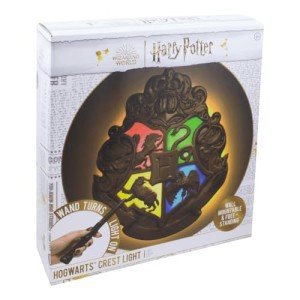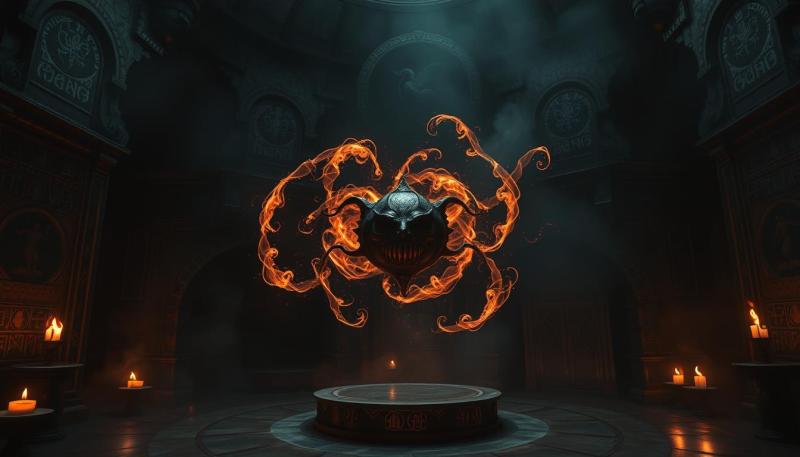
The golden ball in Harry Potter is a key part of Quidditch, the magical sport loved by witches and wizards. This small, winged sphere is called the Golden Snitch. It's fast, tricky to catch, and can decide the outcome of a match. Catching the Golden Snitch is worth 150 points and usually ends the game, making it crucial for a team's victory.
The Golden Snitch has a rich history in the Wizarding World. It's not just any ball - it's enchanted to avoid capture and flies around the Quidditch pitch at high speeds. As a Seeker, your job is to spot and grab this elusive object before the other team's Seeker does.
In the Harry Potter books, the Golden Snitch plays a big role. It's not just important in Quidditch matches, but also in the larger story. You'll find that this tiny golden ball holds secrets and surprises that go beyond the Quidditch pitch.
Key Takeaways
- The Golden Snitch is a game-changing element in Quidditch matches
- Seekers must use skill and strategy to catch this fast-moving, enchanted ball
- The Snitch has significance beyond Quidditch in the Harry Potter series
History and Mythology of the Golden Snitch
The Golden Snitch has a rich history in the wizarding world. Its creation and evolution are tied to magical creatures and inventive wizards. Laws were put in place to protect the bird that inspired this iconic Quidditch ball.
Invention of the Snitch
Bowman Wright created the Golden Snitch in the 1300s. He was a skilled metal-charmer from Godric's Hollow. Wright wanted to replicate the Golden Snidget bird used in early Quidditch matches.
The Snitch is about the size of a walnut. It has silver wings and can fly at high speeds. Wright gave it the ability to avoid capture, much like the Snidget. He also added a Flesh Memory, allowing it to remember the first person who touches it.
This invention revolutionized Quidditch. It made the game safer for the birds and more challenging for players.
Evolution From Golden Snidget
Before the Snitch, Quidditch used live Golden Snidgets. These tiny birds were fast and hard to catch. Barberus Bragge, Chief of the Wizards' Council, introduced them to the game in 1269.
Catching the Snidget became a key part of Quidditch. The Seeker position was created just for this task. Players would try to catch the bird with their bare hands.
This practice put a lot of stress on Snidget populations. The birds became rare and expensive. Wright's invention of the Snitch saved the Snidget from extinction.
Legislation and Protection
As Snidgets became endangered, the wizarding world took action. The Wizards' Council passed laws to protect them. These laws made it illegal to hunt Snidgets or use them in Quidditch.
The switch to the Golden Snitch was gradual. Some resisted the change at first. But as Snidget numbers dropped, most accepted the new ball.
Today, Golden Snidgets are still protected. Reserves exist to help their population recover. The Snitch remains a beloved part of Quidditch, honoring the bird that inspired it.
The Rules and Role in Quidditch
The Golden Snitch plays a crucial role in Quidditch. It's a small, fast-flying ball that can decide the outcome of a match. You'll find that catching it requires skill and strategy.
Capturing the Snitch
The Golden Snitch is a walnut-sized gold ball with silver wings. It zooms around the Quidditch field at high speeds. Your job as a Seeker is to catch it before the opposing team's Seeker does.
The Snitch can be tricky to spot. It often pauses and hovers in place, making your search even more challenging. You'll need sharp eyes and quick reflexes to grab it.
Catching the Snitch is no easy task. You might spend the entire game looking for it while dodging other players and balls.
Harry Potter Always Camper Mug by Spoontiques
A charming way to enjoy your favorite beverage while celebrating the magic and memories of Harry Potter
Product information
$21.98
Product Review Score
4.43 out of 5 stars
62 reviewsProduct links
Points and Victory
When you catch the Golden Snitch, you earn your team 150 points. This huge point boost often leads to victory. But it's not always a guarantee.
If your team is trailing by more than 150 points when you catch the Snitch, you could still lose the game. This makes timing crucial. You might need to delay catching the Snitch if your team needs to score more goals first.
In rare cases, games can end in a tie if catching the Snitch equalizes the score.
Positions Interacting with the Snitch
As a Seeker, you're the only player allowed to catch the Snitch. Other positions can't interfere with your hunt.
Beaters might try to distract you or the opposing Seeker with Bludgers. But they can't directly block your path to the Snitch.
Chasers and Keepers focus on scoring and defending goals. They don't interact with the Snitch at all.
Your role as Seeker is unique. While other players are scoring goals, you're on a separate mission that could win the game in an instant.
Significance in the Harry Potter Series
The Golden Snitch plays a crucial role throughout the Harry Potter series. It impacts key story moments, carries deeper meanings, and connects to important magical objects.
Key Moments in the Story
In Harry Potter and the Philosopher's Stone, you first see the Golden Snitch during Quidditch matches. Harry catches it with his mouth, winning his first game. This sets up his talent as a Seeker.
The Snitch appears again in later books during more Quidditch games. Each time Harry catches it, it's a big win for Gryffindor.
In the final book, Dumbledore leaves Harry the first Snitch he caught. This becomes very important later on.

Metaphorical Use
The Snitch often stands for goals or ideas that are hard to reach. Just like in Quidditch, characters chase after things that are quick and tricky.
You can see this when Harry hunts for Horcruxes. It's like he's trying to catch many Snitches to beat Voldemort.
The Snitch represents themes of determination and pursuit. Characters must work hard and be clever to achieve their aims.
Connection to Deathly Hallows
The Snitch Dumbledore left Harry has the words "I Open at the Close" on it. This puzzle links to the Deathly Hallows.
When Harry is about to face Voldemort, he figures out the Snitch's secret. It opens to reveal the Resurrection Stone inside.
This moment ties the Snitch to one of the most powerful magical objects in the series. It shows how even small things can hide big secrets.
The Snitch's "flesh memory" also comes into play here. It remembers Harry's touch from his first game, making it a personal key to the Stone.







